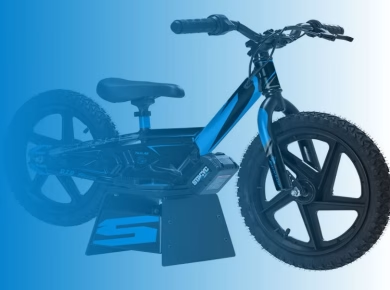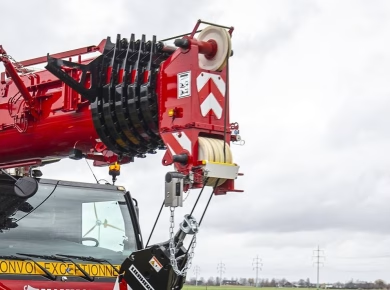The moment I slipped on my first pair of wrap around safety glasses, I felt an odd mix of excitement and skepticism. After all, these glasses are touted as the perfect blend of style and safety, but would they hold up in the trenches of construction sites where grit, grime, and flying debris are just part of the daily grind? As a safety consultant with years of experience navigating the complexities of site management and compliance training, I’ve seen my fair share of personal protective equipment (PPE) that promised the world but delivered less than expected. So, it was time to put these wrap around safety glasses to the test and see if they were a style win or a safety fail.
Understanding the Appeal of Wrap Around Safety Glasses
Wrap around safety glasses have been gaining traction in various industries, particularly in construction and health and safety sectors. Their design is appealing not just for aesthetics but for practicality. The seamless curvature of the lenses provides unobstructed peripheral vision, which is crucial on busy job sites where awareness of surroundings can prevent accidents. Unlike traditional safety glasses that may sit more squarely on the face, wrap around styles hug the contours of your face, offering better protection from dust, debris, and even harmful UV rays.
Enhanced Protection and Comfort
One of the most significant advantages I’ve found with wrap around glasses is their ability to shield the eyes from hazards not just in front but from the sides as well. On a recent project, we were working with heavy machinery that kicked up a significant amount of dust and small debris. My colleagues who opted for standard safety glasses often found themselves adjusting their eyewear to block out particles sneaking in from the sides. In contrast, those of us wearing wrap around safety glasses enjoyed uninterrupted visibility and protection, allowing us to focus on the task at hand without constant adjustments.
Comfort is another critical factor. The right pair of wrap around glasses should fit snugly without feeling intrusive. Look for models that feature adjustable nose pads and temple tips. I remember trying on a pair that came equipped with foam padding around the edges. Not only did they fit better, but they also absorbed sweat on hot days, preventing the glasses from slipping down my nose. This feature is particularly beneficial for those long summer days on site when the heat can be relentless.
Style vs. Functionality: A Balancing Act
There’s no denying that aesthetics play a role in safety equipment—after all, if the gear is uncomfortable or unfashionable, workers might resist wearing it. Fortunately, wrap around safety glasses come in various styles and colors, making it easier for teams to find a pair that aligns with personal preferences.
However, it’s crucial to remember that style should never compromise safety. Always ensure that the glasses meet the necessary safety standards, such as ANSI Z87.1 or similar certifications, which guarantee that they can withstand impact and provide the required level of protection. During my years on the job, I’ve witnessed too many instances where style overtook substance, leading to regrettable consequences.
Real-World Testing: What to Look For
When evaluating wrap around safety glasses, consider conducting a test run. I often recommend wearing a new pair for a day to see how they hold up in different conditions. Pay attention to how they fit during various tasks—whether you’re bending down, looking up, or turning your head. If they slide down your nose or create pressure points, they may not be the best choice for long-term use.
Also, consider the lens tint. For indoor tasks, clear lenses are usually sufficient, but if you work outdoors, look for polarized or tinted options that reduce glare. I’ve found that a good pair of polarized lenses can significantly reduce eye strain on sunny days, making it easier to stay focused on the task.
Challenges and Limitations
Despite their advantages, wrap around safety glasses are not without their challenges. One common complaint is fogging, which can be a real issue, especially in humid environments. To combat this, consider glasses with anti-fog coatings or invest in a good anti-fog spray. I’ve had success with certain brands that incorporate ventilation systems to minimize fogging, which can be a game-changer during high-intensity work.
Another limitation to note is the durability of the frames. While many models are designed to be robust, some can be prone to scratching or breaking under extreme conditions. Always evaluate the material used in the frames and lenses. Polycarbonate lenses, for example, offer superior impact resistance and are less likely to shatter compared to regular glass.
Making the Right Choice for Your Team
When it comes to equipping your team with the right safety gear, collaborative input is invaluable. Involving workers in the decision-making process can lead to better compliance and, ultimately, safer work practices. Organizing a “safety gear try-on day” can be an effective way to gather feedback on various models. This approach not only allows employees to express their preferences but also fosters a culture of safety and empowerment.
Conclusion: Embracing Best Practices
As safety professionals, we have a responsibility to ensure our teams are equipped with the best protective gear available. Wrap around safety glasses can offer both style and safety, but it’s essential to prioritize functionality and compliance with safety standards. By choosing the right pair, we can enhance our workers’ safety and comfort, leading to a more productive environment.
Ultimately, the conversation around safety glasses should extend beyond mere aesthetics. Encourage your colleagues to embrace gear that fits well, feels comfortable, and provides the necessary protection. In doing so, we not only uphold industry standards but also cultivate a workplace culture that values safety, awareness, and professionalism. So, the next time you reach for safety glasses, remember the balance between style and safety—it’s not just about looking good; it’s about keeping our most valuable asset—our people—safe.


